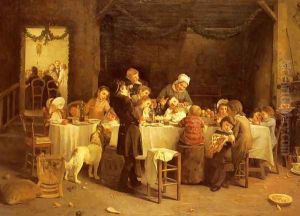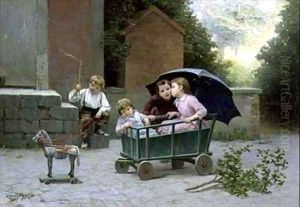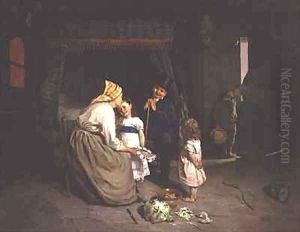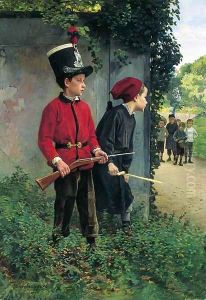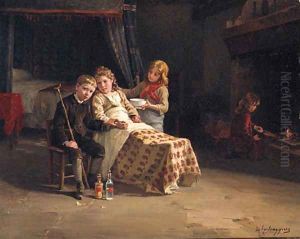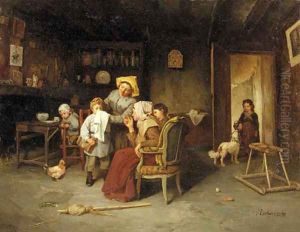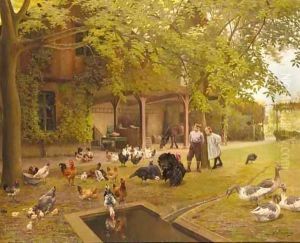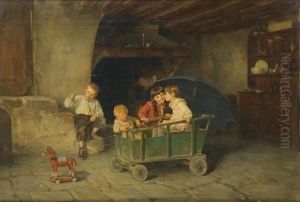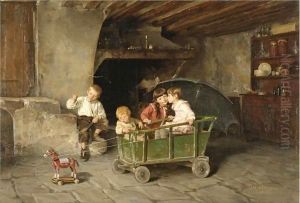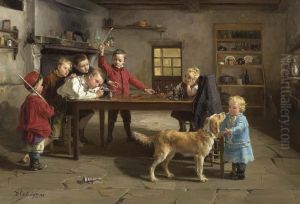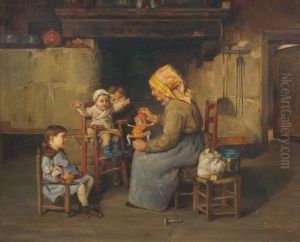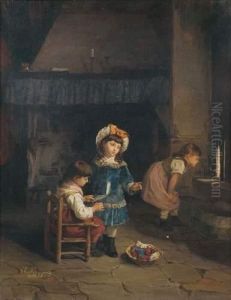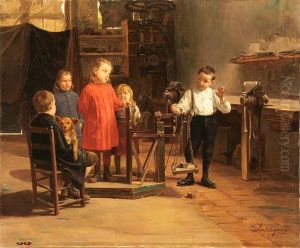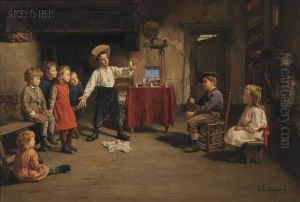Charles Bertrand D'entraygues Paintings
Charles Bertrand D'Entaygues was a French painter known for his genre scenes, portraits, and Orientalist works, capturing the essence of late 19th and early 20th-century French art. Born in 1851, D'Entaygues showed an early interest in art, which led him to study at the École des Beaux-Arts in Paris, where he was influenced by the academic and Orientalist painting traditions.
During his career, D'Entaygues exhibited at the prestigious Paris Salon, a key venue for artists seeking recognition in this period. His works were well-received, earning him accolades and medals, reflecting the public's appreciation for his detailed and nuanced portrayals of daily life, historical scenes, and exotic landscapes inspired by his travels in the Middle East and North Africa.
D'Entaygues was part of a broader movement of Orientalist painters, a group fascinated by the cultures, peoples, and landscapes of what they termed the 'Orient' - a region encompassing parts of North Africa, the Middle East, and Asia. These artists often depicted their subjects with a mix of romanticism and realism, and D'Entaygues was no exception. His paintings are noted for their vibrant color, meticulous detail, and the ability to convey the atmosphere of the scenes he depicted.
Despite his success, Charles Bertrand D'Entaygues remains less well-known than some of his contemporaries. However, his work continues to be appreciated by art historians and collectors for its contribution to the Orientalist movement and the broader landscape of French art. D'Entaygues's legacy is that of an artist who captured the imagination of the public with his depictions of distant lands and bygone eras, offering a window into the world as seen through the eyes of late 19th-century France.
He passed away in 1914, leaving behind a body of work that continues to be studied and admired for its artistic merit and historical significance. Through his paintings, Charles Bertrand D'Entaygues contributed to the rich tapestry of French art, capturing the spirit of his time and the fascination with the exotic that characterized much of the period's artistic output.
